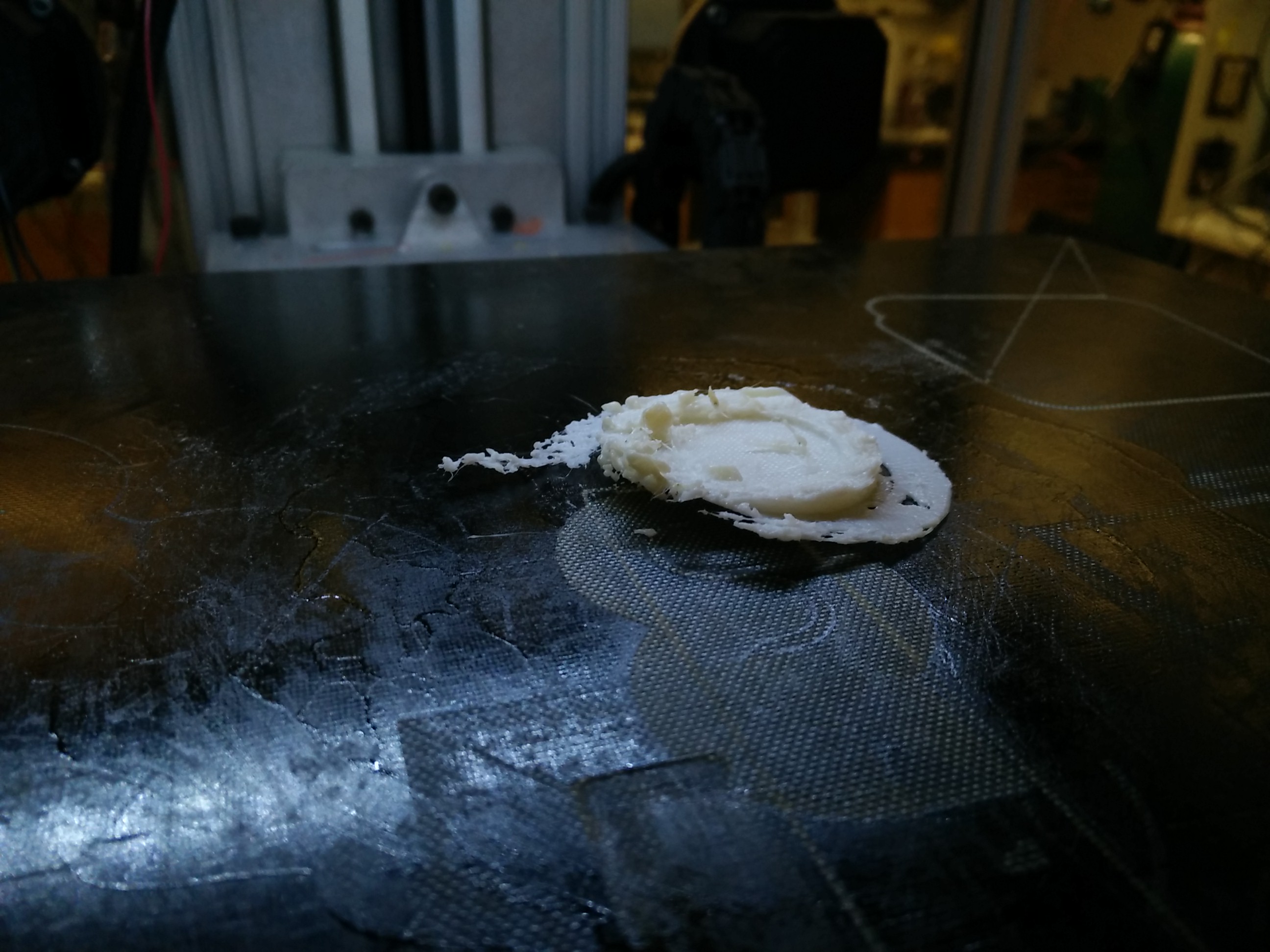Polypropylene is a bear to print. There's a good reason almost nobody does it. The main problem is that it's a semi-crystalline material, which means it doesn't follow the normal rules for warping prevention.
An amorphous polymer like ABS or PET is able to slowly flow or creep until it cools below the glass point, Tg. This means the stresses caused by thermal contraction will "shake out" above Tg and only start accumulating when the print cools below Tg and fully solidifies. That's why heated build plates are usually set around the glass point for amorphous materials -- there's minimal warping stress in the print at that temp.
However, when you extrude semi-crystalline polymers like PE or PP, crystallization starts as soon as the temp drops below the melt point, Tm. A crystalline polymer will not flow or creep at a rate that is meaningful over the duration of an FDM print, so thermal contraction stresses will simply build up more and more as the plastic is cooled farther below Tm. And there's a loooong way to go when cooling from Tm to room temp. As a result, you get HUGE warping stresses with these plastics compared to more typical FDM materials.
It is simply not possible to pick a heated bed or heated chamber temp that entirely eliminates the tendency of PP to warp. The normal rules we use for amorphous polymers don't apply. And, greatly compounding the problem, PP is a very low-surface-energy material with adhesion behavior fairly similar to wax. It doesn't want to stick to much of anything except itself.
High warping stress + poor adhesion = bad times.
So, the simple answer is, polypropylene does not have the correct polymer behavior to be favorable for FDM. You will always be fighting warping. Think carefully about whether you want to struggle with PP or switch to a more suitable material that could accomplish the same design goal for the printed part. Do you really need to use PP? PET blends have similar hardness and chemical resistance, nylon blends have similar toughness, and TPUs can handle living hinge applications. That covers most of the reasons you'd want to use PP.
If you absolutely must use PP, you're going to need to pull out ALL the tricks people use with traditional high-warp materials like ABS and PC and nylon.
- Use a build plate made of a close relative of the material you're printing. For example, people have successfully printed HDPE on a PP build plate, so I would imagine that a HDPE build plate should work for PP.
- Or, use a perfboard build plate with a raft so the initial layer will get embedded into the holes.
- Or, use a coarse fibrous surface like stiff cardboard or fiberboard.
- Get the build chamber enclosed and as hot as you can without damaging the printer. 50C is usually reasonable for motors, extruders, etc unless you have PLA printed parts to worry about. (Heated build plates only really help with the bottom 5-10mm of the print if the printer is not enclosed.)
- Use helper disks / mouse ears on corners.
- Really mash the first layer down onto the build plate.
- Print low layer heights, like 0.1mm. Smaller layers mean the thermal contraction applies more shear stress between layers, and less of the large-scale aggregate bending stress that lifts corners.
- Higher print speeds may also help due to some complex strain-crystallization effects, but that's only currently proven in nylon to my knowledge.
Another option, if it meets your functional requirements, is to use a fiberglass or carbon fiber composite PP. CFR and GFR plastics usually warp less than virgin plastics. The fibers have a low coefficient of thermal expansion, which makes the composite material contract less as it cools, which reduces warping stress. The most successful PP printing I've ever seen was GFR-PP. But that stuff is hard to find and may not work if the part needs to be flexible.



